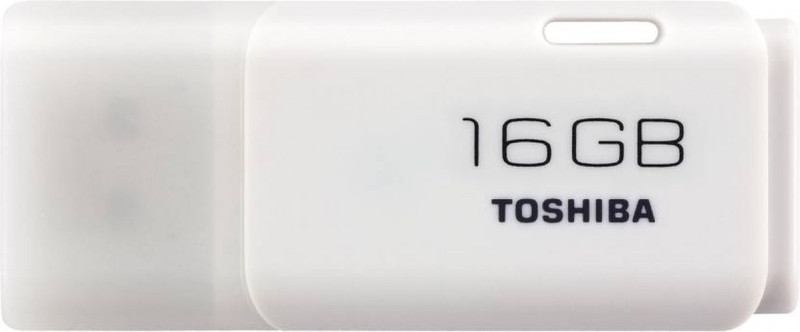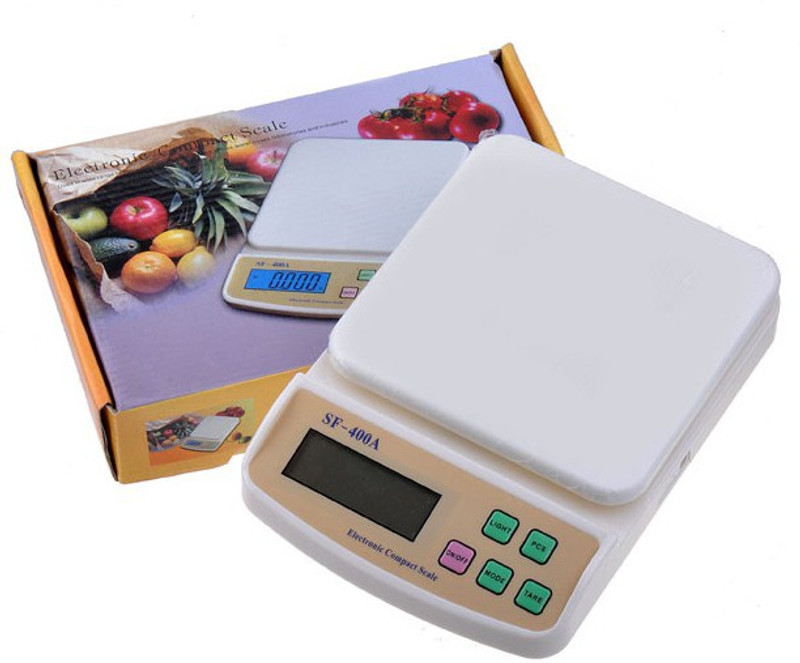The Mattress Matchmaker: 7 Tips To Decode Best Mattress Types And Features

We all know the drill: after a long day, all we want is to flop into bed and sink into a comfy mattress. But with so many options on the market, how do you know which mattress will give you that sweet, rejuvenating sleep you've been dreaming of? The truth is, that picking the right mattress can be a little daunting. With terms like "memory foam", "pocket springs", and "firmness level" thrown around, it's easy to feel lost.
But fear not- finding your perfect mattress doesn't have to be complicated. In this guide, we'll decode the mattress jargon and give you 7 essential tips to help you match up with your ideal sleep companion. From understanding different mattress types to considering the key features that matter most to you, we'll walk you through it all.
1. Know Your Mattress Types
When it comes to mattresses, one size definitely doesn't fit all. The first step in choosing the right mattress is understanding the different types available. Broadly, mattresses fall into three categories: innerspring, memory foam, and hybrid.
- Innerspring: These are the traditional mattresses you'll find in most homes. They're made with coils (or springs) for support. Ideal for those who like a bouncy feel or tend to sleep hot, as air flows more easily through the coils.
- Memory Foam: These mattresses are known for their contouring feel, which moulds to your body's shape. If you suffer from aches or pains, memory foam can provide excellent support by alleviating pressure points.
- Hybrid: As the name suggests, hybrid mattresses combine the best of both worlds—typically a combination of memory foam and pocket springs. These offer a balanced feel of support and comfort, ideal for those who want the best of both.
2. Consider Your Sleeping Position
How you sleep can greatly influence the type of mattress you should choose. Are you a side sleeper who loves to curl up? Or a stomach sleeper who prefers a firmer surface? Knowing how you sleep helps narrow down your choices.
- Side sleepers: If you sleep on your side, a mattress with a soft to medium feel is your best bet. Look for something that can cushion your shoulders and hips while keeping your spine aligned. Memory foam or hybrid options can be perfect for this.
- Back sleepers: For back sleepers, a medium-firm mattress works wonders. It offers support without causing discomfort in your lower back. Hybrid and innerspring mattresses are often a good fit for this position.
- Stomach sleepers: This is where firm mattresses come into play. Stomach sleepers need a mattress that provides firm support to keep the spine aligned. An innerspring or a firm hybrid mattress will do the job.
Understanding your sleep position is key to finding a mattress that supports your natural alignment, helping you wake up feeling refreshed.
3. Firmness Is Not One-Size-Fits-All
Firmness is a highly subjective matter, and while there's no universal scale, many mattresses come with labels such as "soft", "medium", and "firm". But what do these terms really mean? A medium mattress might feel firm to someone who prefers a softer surface, while it could feel plush to someone who likes a firm base.
- Soft mattresses are ideal for side sleepers or those who like a more plush feel. They offer deep contouring, which helps alleviate pressure on joints.
- Medium mattresses strike a balance and are suitable for most sleepers. They offer both support and comfort, making them a popular choice for back sleepers.
- Firm mattresses provide strong support, making them ideal for stomach sleepers or those with back pain who need additional firmness to maintain spinal alignment.
It's worth noting that the firmness of a mattress can be influenced by its material too. A memory foam mattress may feel softer than an innerspring, even if they are both labelled "medium". Always test before you buy.
4. Understanding Memory Foam
Memory foam is one of the most popular materials on the market, and for good reason. Its ability to mould to your body provides a customised feel. This can be a lifesaver for those with joint pain or pressure points, as it supports and distributes weight evenly.
However, not all memory foam is the same. There are different types, including traditional, gel-infused, and plant-based.
- Traditional memory foam: Offers the classic, soft, contouring feel. However, it can retain heat, so if you're a hot sleeper, it might not be the best option.
- Gel-infused memory foam: Designed to address the heat retention issue, gel-infused foam absorbs and disperses heat, keeping the mattress cooler throughout the night.
- Plant-based memory foam: More eco-friendly, this type uses renewable resources and is often more breathable.
Choosing the right memory foam for your needs will ensure you enjoy a cooler, more comfortable night's sleep.
5. The Pocket Spring Advantage
If you're someone who values traditional support with a modern twist, pocket springs might be what you're looking for. These mattresses are made of individual springs encased in fabric pockets. This design allows each spring to move independently, providing tailored support to different areas of your body.
The benefits of pocket spring mattresses are many. They reduce motion transfer, meaning that if you have a partner who tosses and turns, you won't be disturbed. They also tend to be cooler, as the air circulates more freely between the springs.
For a more luxurious feel, many hybrid mattresses combine pocket springs with foam layers to provide both support and comfort.
6. Don't Forget About Motion Transfer
Do you share your bed with a partner? If so, motion transfer is something you'll want to consider. This is the amount of movement that can be felt across the bed when one person shifts or gets up.
Memory foam mattresses are great at absorbing motion, meaning you won't feel your partner's movements as much. In contrast, innerspring mattresses tend to transfer more motion, which might be a dealbreaker if you're a light sleeper.
Hybrid mattresses can offer a good compromise, with pocket springs for support and foam layers to reduce motion transfer. It's all about finding the balance between comfort and practicality.
7. Consider Durability and Longevity
Buying a mattress is an investment, and like any good investment, you want it to last. The longevity of your mattress depends largely on its materials. Memory foam and hybrid mattresses typically have a lifespan of 7-10 years, while pocket spring mattresses may last slightly longer.
To maximise the lifespan of your mattress, always follow the manufacturer's care instructions. This might include rotating the mattress regularly to avoid uneven wear. Investing in a quality mattress protector can also extend its lifespan by protecting it from stains, dust mites, and general wear and tear.
Product Recommendations For Article
1. Hypnos Caspio Ortho 06 inch Single Bonnell Spring Mattress
2. Sleepwell Ortho | Quilted | 6 Inch King Memory Foam Mattress
3. Wakefit Dual Comfort - Hard And Soft 4 inch Queen High Resilience
4. LIVPURE ORTHO DUOS-X Plus Reversible Dual-Flip Ortho Medium Soft And Firm 2in1 comfort 6 Inch Queen High Resilience
5. Neobest NEO7248CDL 6 Inch Double High Resilience (HR) Foam Mattress
6. SleepyCat Hybrid 3-Layered Latex Orthopedic 5
7. duroflex Livein Essential Orthopedic, Pressure Relieving Memory Foam, Roll Pack, 6 inch King High Resilience (HR) Foam Mattress
8. FLO ORTHO 6 inch Queen PU Foam Mattress
9. KURLON Pocket Spring, Medium Soft, Supernova 6 Inch Queen Pocket Spring Mattress
Choosing the right mattress is all about matching your needs with the perfect features. Whether you value comfort, support, or durability, understanding the different types of mattresses and what they offer will guide you to the perfect choice. Don't rush the process—test different mattresses, consider your sleep habits, and think about what you truly need. After all, a good night's sleep is worth its weight in gold, and the right mattress can make all the difference. Happy mattress hunting.
Disclaimer: The images used in this article are for illustration purpose only. They may not be an exact representation of the products, categories and brands listed in this article.





























